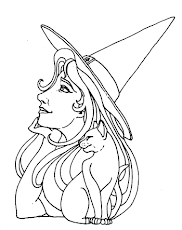The Snowy Owl was first classified in 1758 by Carolus Linnaeus, the Swedish Swedish naturalist who developed binomial nomenclature to classify and organize plants and animals. The Snowy Owl is a large, diurnal white Owl that has a rounded head, yellow eyes and black bill. The feet are heavily feathered. A distinctive white Owl, their overall plumage is variably barred or speckled with thin, black, horizontal bars or spots. Females and juveniles are more heavily marked than males - adult males may be almost pure white, although they have up to three tail bands. Adult females are distinctly barred throughout, and have from four to six tail bands. Immatures are very heavily barred throughout, and dark spotting may co-dominate or dominate the overall plumage. Intensity of dark spotting varies with the sex of the immatures, females being the darkest. Juveniles are uniformly brown with scattered white tips of down. Snowy Owls are active during the daytime, from dawn to dusk. They have a direct, strong, and steady flight with deliberate, powerful down strokes and quick upstrokes. They make short flights, close to the ground, from perch to perch, and usually perches on the ground or a low post. During hot weather, they can thermoregulate by panting and spreading their wings. Snowy Owls are very aggressive when defending their nest. The Snowy Owl is a bird of Arctic tundra or open grasslands and fields. They rarely venture into forested areas. During southward movements they appear along lake shores, marine coastlines, marshes, and even roost on buildings in cities and towns. In the Arctic, they normally roost on pingaluks (rises in the tundra) and breed from low valley floors up to mountain slopes and plateaus over 1,000 meters (3,000 feet) in elevation. When wintering in the Arctic, they frequent wind-swept tundra with little snow or ice accumulation. At more southern latitudes they typically frequents agricultural areas.
Information found at: http://www.owlpages.com/owls.php?genus=Bubo&species=scandiacus
HLBOE extra credit assignment
Saturday, January 3, 2009
Subscribe to:
Post Comments (Atom)


No comments:
Post a Comment